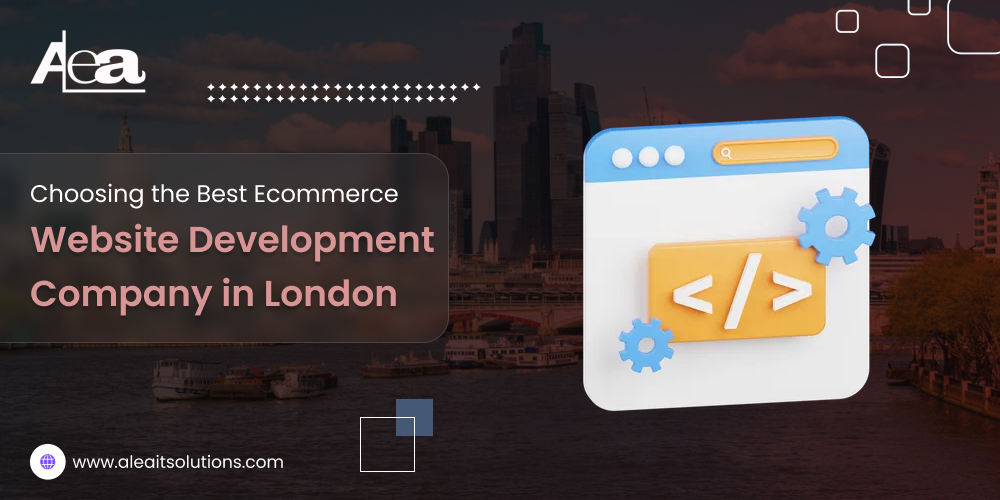Choosing a suitable framework can be like navigating a maze in the constantly changing world of web development. With so many options, it is important to make an informed decision to guarantee that your application is scalable and effective. To help you make a well-informed selection which are specific to your project requirements, this blog attempts to examine some of the best framework for front-end and back-end development.
What Exactly Is a Framework?
At its core, a structure is a pre-made collection of equipment and libraries that simplify the growth process. Think of it as a scaffold that provides composition and support, allowing developers to focus on creating functional and beautiful applications without re-establishing the wheel. By establishing the best practices, framework helps to streamline development and improve cooperation between team members.
Why the Right Framework Matters?
Choosing the appropriate structure can lead to an important role in determining the success of your project. Here are some important factors that keep in mind:
Project Requirements: Each project is unique. It is necessary that your framework option reflects your unique requirements, whether they are related, safety, or increase the user experience.
Community Support: A vibrant community means access to resources, tutorials and forums, where you can find help when challenges arise. A supporting community can be a life saving during development.
Scalability: As your application increases, you should have the complexity of your framework and the ability to handle the user’s demand. Consider the future needs while making your choice.
Learning Curve: A steep learning state can slow down your team’s productivity. Opt for framework that align with your team’s skill level and experience.
Let’s dive into some of the best frameworks available for front-end and back-end development.
Top Front-End Frameworks
- React
Buced by Facebook, the react has taken the world of web development from the storm. This allows developers to easily create interactive user interfaces, using a component-based architecture that promotes re-purpose.
Why Choose React?
Performance: Its virtual dome ensures quick updates, increasing the performance for dynamic application.
Community: With a huge ecosystem and strong community support, developers can find a treasure of resources and libraries to increase their projects.
Flexibility: React can be integrated with other libraries or outlines, making it adapted to various project requirements.
- Angular
Developed and maintained by Google, angular is a strong structure for large-scale applications. It uses typescript, providing static typing that can catch early errors in the growth process.
Why Choose Angular?
Two-way Data Binding: This feature allows for real-time synchronization between models and views, simplifying the management of data.
Structure: Its well-defined architecture encourages developers to organize the code efficiently, making it easier to manage large projects.
Rich Ecosystem: Comes with powerful devices for angular testing and debugging, which are invaluable to maintain quality.
- Vue.js
Vue.JS is a progressive structure that you can adopt incrementally. It is particularly praised for its simplicity and ease of integration with other projects or libraries.
Why Choose Vue.js?
Response: Vue’s reactive data binding makes it straight to create dynamic and attractive user interfaces.
Flexibility: This allows you to structure your application as you see fit, which can be especially useful for small medium sized projects.
Document: Vue claims extensive documentation, making it easier for new people to speed up quickly.
- Svelte
Svelte is an innovative framework that eliminates the requirement of a virtual dome, compiles components in the efficient vanilla JavaScript over time.
Why Choose Svelte?
Simplicity: Its syntax is easy, so that it is accessible to developers of all levels.
Performance: With small bundle sizes, applied with rapid load, enhancing the user experience.
Response: The reactive statements of Svelte streamline state management, which allows for cleaner and more readable code.
Top Back-End Frameworks
- Node.js
Node.JS is not just a structure; It is a runtime that allows developers to execute the JavaScript server-side. Its non-blocking architecture is perfect for handling several requests simultaneously.
Why Choose Node.js?
Speed: When it comes to speed, Node.JS I/O-Intense is a great option for intensive applications, which offers extraordinary performances and rapid response time.
Rich Ecosystem: With NPM (Node Package Manager), developers have access to thousands of libraries to easily expand functionality.
Real-time Capabilities: Excel in Node.JS Real-Time Application, such as chat app and online gaming.
- Express.js
As a minimal outline for node.js, express.js simplifies the process of web applications and API. This provides the necessary features without developers with unnecessary complexity.
Why Choose Express.js?
Middleware Support: This allows developers to easily customize requests and reactions.
Routing: Strong routing capabilities of the express help clearly organize the application logic.
Compatibility: It works basically with various template engines, making the dynamic materials straight.
- Django
Django is a high-level python web framework designed to make the building web app quick and easy. It is particularly favored for its safety facilities and scalability.
Why Choose Django?
The built-in Administrator Panel: Django comes out of the box with an administrator interface, simplifying data management.
Security: This includes protection against general weaknesses, such as SQL injection and cross-site scripting.
ORM: Django’s object-relationship mapping database makes interaction uninterrupted, which reduces the amount of boilerplate code.
- Ruby on Rails
Rail Ruby has a web application framework written in Ruby that follows the MVC (model-verse-controller) pattern. This emphasizes convention on configuration, which speeds up the growth process.
Why Choose Ruby on Rails?
Rapid Development: Rails allows developers to quickly create applications, making it ideal for start-up and MVP (minimum viable products).
Active Record: This feature simplifies database management and makes data recovery an air.
Community and Gems: A strong community provides excess of gems (libraries) to easily increase functionality.
Making the Right Choice for Your Project
With so many frameworks to choose from, how do you decide which one is right for you? Here’s a straightforward approach:
Identify your Project Goals: What are the specific requirements of your project? Consider factors such as functionality, user experience and scalability.
Research and Comparison: Take time to detect different structures, pay attention to their characteristics, professionals and opposition.
Prototype: If possible, make small prototypes using some framework. This experience on the hands will help you understand which one echoes the best with your growth style.
Attach your Team: Include your development team in the decision making process. Their insight and preferences may be invaluable in choosing the right structure.
Conclusion
Choosing the right framework for your web development project is an important decision that can affect its success. With front-end framework like react, angular, vue.js, and svelte, powerful user to create attractive user interfaces, and node.js, express.js, django, and rubies offer strong solutions for server-side development such as Ruby, offer Ruby in your finger.
Considering the unique characteristics and powers of each structure carefully, you can take informed decisions that not only meet your current project requirements, but also set a platform for future development. Remember, the right structure will empower your development process, making you an extraordinary web experience.
If you are ready to start a new project or upgrade an existing application, Aleait Solutions are to support you here. Our team of experts is ready to guide you in choosing the best structure to ensure your success.




